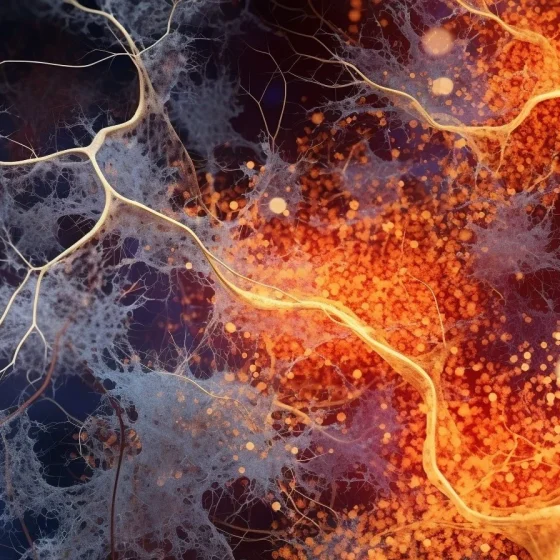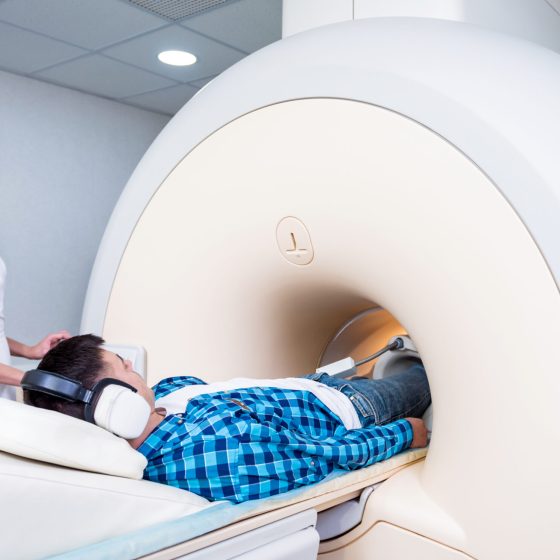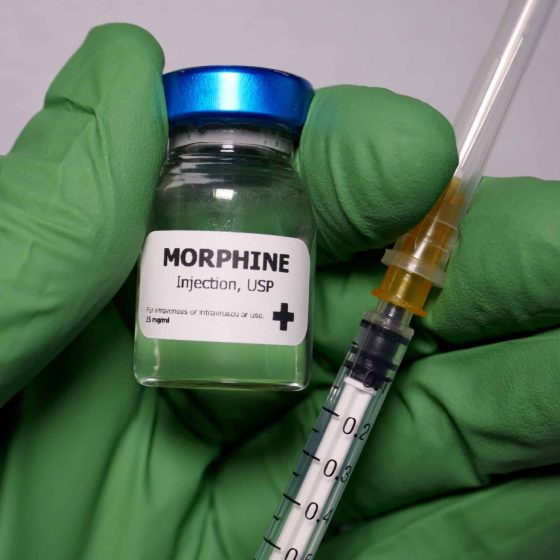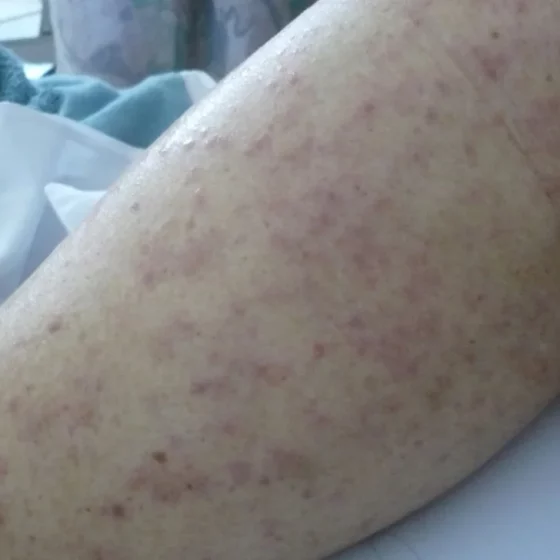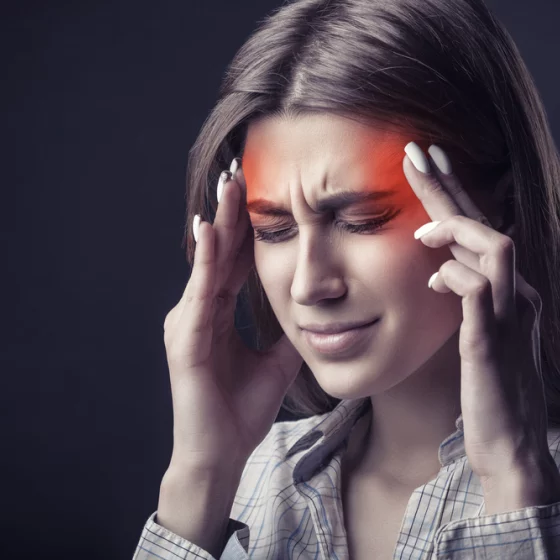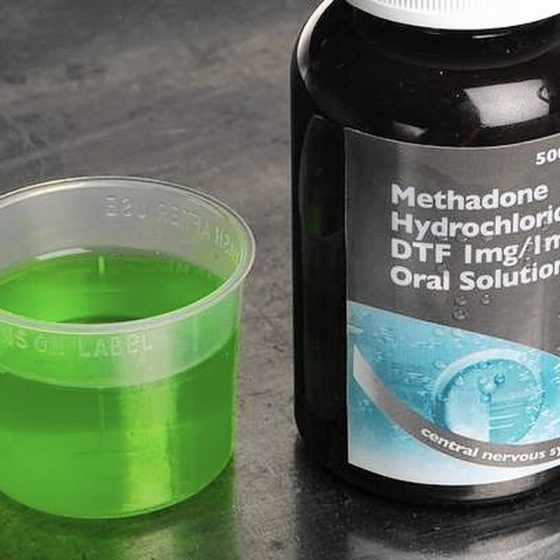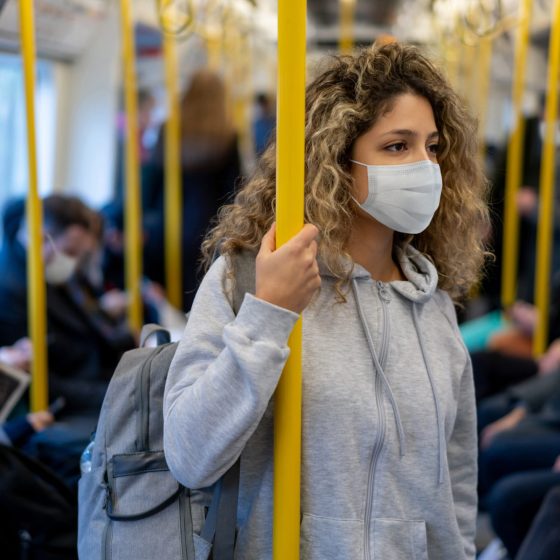Myringoplasty (child)
What is a myringoplasty? A myringoplasty is an operation to repair a hole in the eardrum. A perforation is usually caused by an infection in the middle ear that bursts through the eardrum. It can also be caused by trauma (for example, being hit across your ear or by placing an object in your ear). Often a perforated eardrum does not cause any problems but it can lead to repeated ear infections and poorer hearing. What are the benefits of surgery? Your child should have less risk of repeated ear infections and their hearing may improve. Are there any alternatives


